Lee Teschler
Executive Editor
@dw_LeeTeschler
The days of launching complete satellites and similar extraterrestrial objects into orbit may be numbered. Instead, orbiting robots will construct them in space. The basic principles of this concept are being perfected by a company called Tethers Unlimited Inc. in Bothell Wash. under a NASA contract. Tethers’ SpiderFab: Architecture for On-Orbit Construction of Kilometer-Scale Apertures, will enable on-orbit fabrication of super-large objects such as antennas, solar panels, trusses, and other multifunctional structures. In ten years, Tethers expects to perfect the technology to a degree that will make possible self-fabricating, self-assembling satellites.
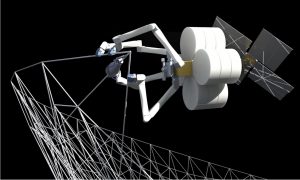 Techniques for building satellites in space eliminate the need to design-in enough ruggedness to survive the severe vibrations and g levels of an earth launch. Tethers CEO Rob Hoyt says a significant fraction of today’s engineering cost and launch mass goes toward launch survivability.
Techniques for building satellites in space eliminate the need to design-in enough ruggedness to survive the severe vibrations and g levels of an earth launch. Tethers CEO Rob Hoyt says a significant fraction of today’s engineering cost and launch mass goes toward launch survivability.
Additionally, large structures built to be orbited today need hinges, latches, and other complex mechanisms so they can expand once in place. Eliminating these components reduces the parasitic mass of the structure. Besides, approaches involving deployable structures and inflatable components generally run out of steam for space systems that must expand beyond several dozen meters.
TUI’s approach is to borrow ideas from additive manufacturing and automated assembly technologies. This will let NASA use small, low-cost launch vehicles to deploy systems dramatically larger than possible with current state-of-the-art technologies.
One of TUI’s ideas is called the trusselator. It is a machine that uses 3D printing and robotic assembly to fabricate long, high-performance truss structures. One aim is for the trusselator to construct large support structures for systems such as multi-hundred-kilowatt solar arrays, large solar sails, and football-field-sized antennas.
There are problems with 3D printing in space, though. Most terrestrial additive manufacturing uses gravity to help position and bond each material layer to those laid down previously, a feat not possible in the microgravity of space. But the lack of gravity also lets structures be built up in any direction without concern for distortions such as the drooping of long, thin members. So supports for overhangs and delicate structures would be unnecessary in space. This opens up possibilities for 3D-printing sparse structures of slender elements in a way analogous to how a spider spins its web.
The firm is also developing a compact, dexterous robotic arm. The aim is to equip robots with fabrication heads. In space, the robots will translate across the component under construction and position structural elements for assembly. They’ll then fabricate structural elements using special tools. One tool is called an extruder spinneret. It converts spools of wound yarn or tape into high-performance composite tubes or trusses. It then uses another tool called a joiner spinneret that adapts 3D printing to create high-strength bonds between the structural elements.
Once the support structure is complete, the robots will crawl around the structure and apply elements such as reflectors, membranes, meshes, or other components to the support structure.
Filed Under: The Robot Report

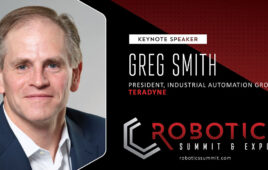
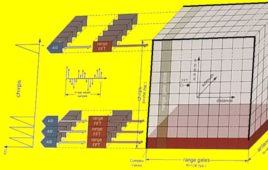
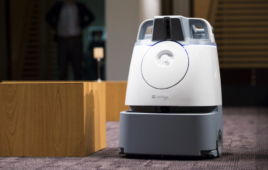
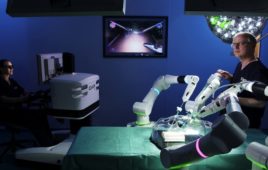
“small, low-cost launch vehicles”? . . . It’s axiomatic, the more things change, the more they stay the same.